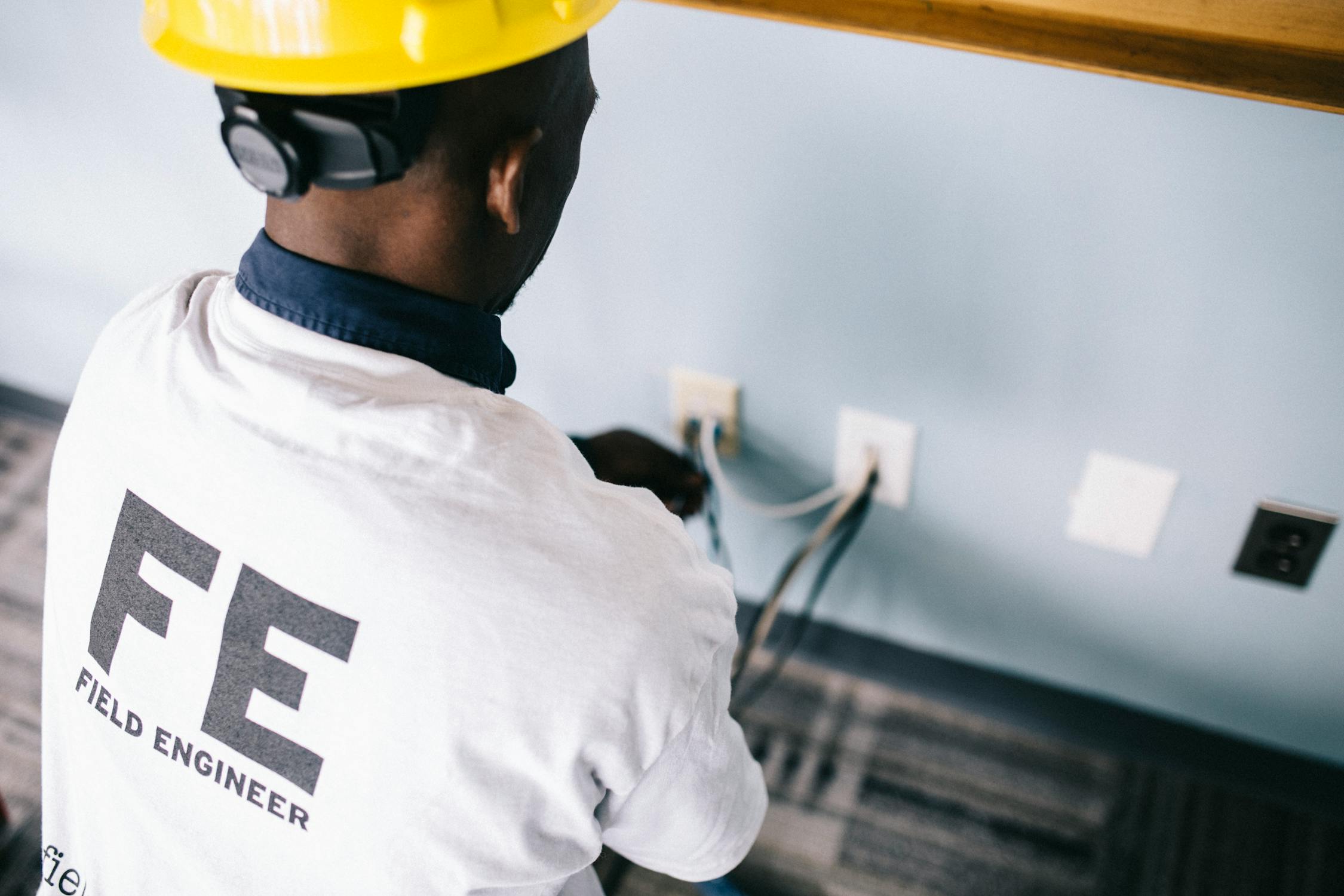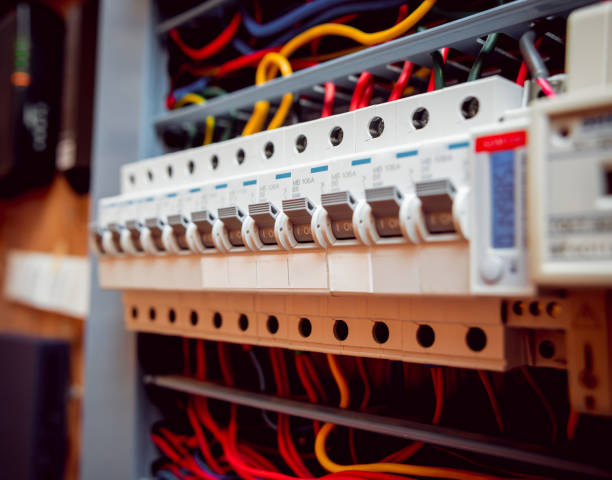Winter is here! As the days get shorter and the temperatures drop, it’s essential to ensure your home is prepared for the chilly months ahead. One often overlooked aspect of winter prep is your electrical system. Let’s dive into some essential checks and upgrades to keep your home safe, warm, and energy-efficient during the colder months.
Check Your Heating System

Inspecting Your Heating Units
Your heating system is going to work overtime during winter, so it’s crucial to give it a thorough inspection. Start by checking your heating units, whether you have a furnace, heat pump, or electric heaters. Look for any signs of wear and tear, and make sure the units are clean and free of dust. Dust and debris can affect their efficiency and may even pose a fire hazard.
Testing Thermostats
Ensure your thermostats are in good working order. A malfunctioning thermostat can lead to inconsistent heating, which can be both uncomfortable and costly. Test each thermostat by setting it to a higher temperature and listening for the heating system to kick in. If it doesn’t, it might be time for a replacement.
Sealing Ducts
Leaky ducts can cause significant heat loss, leading to higher energy bills and a colder home. Inspect the ducts for any gaps or leaks, and seal them with duct tape or a mastic sealant. This simple step can improve your heating system’s efficiency and keep your home warmer.
Upgrade Your Insulation

Adding Insulation
Insulation plays a vital role in maintaining your home’s temperature. If your home is poorly insulated, it can lose heat quickly, making your heating system work harder. Consider adding insulation to your attic, walls, and floors. There are various insulation materials available, such as fiberglass, foam, and cellulose, so choose the one that best suits your needs and budget.
Insulating Windows and Doors
Windows and doors are common culprits for heat loss. Installing weatherstripping around doors and windows can prevent drafts and keep the warm air inside. You can also use thermal curtains or window film for added insulation. These simple upgrades can make a noticeable difference in your home’s warmth and your energy bills.
Checking for Air Leaks
Walk around your home and feel for any drafts, especially near windows, doors, and electrical outlets. Use caulk or expanding foam to seal any gaps or cracks you find. Not only will this keep your home warmer, but it will also help to lower your energy consumption.
Safety First: Electrical System Checkup
Inspecting Electrical Panels
Your electrical panel is the heart of your home’s electrical system. Open the panel and check for any signs of corrosion, rust, or burnt marks. These could indicate potential problems that need professional attention. Ensure all breakers are properly labeled and functioning correctly. If you’re not comfortable doing this yourself, don’t hesitate to call a licensed electrician.
Checking for Overloaded Circuits
During winter, you might use more electrical devices like space heaters, holiday lights, and kitchen appliances. Make sure your circuits aren’t overloaded by distributing the load evenly across different outlets and circuits. Overloaded circuits can lead to tripped breakers or, worse, electrical fires.
Testing Smoke and Carbon Monoxide Detectors
Winter is the season for cozy fires and heaters, which also means an increased risk of fire and carbon monoxide poisoning. Test all your smoke and carbon monoxide detectors to ensure they are working correctly. Replace the batteries if needed and make sure each unit is less than ten years old. Having functioning detectors is a simple yet crucial step in keeping your family safe.
Upgrade to Energy-Efficient Lighting

Switching to LED Bulbs
As daylight decreases, you’ll likely use your lights more often. Consider switching to LED bulbs, which are more energy-efficient and last longer than traditional incandescent bulbs. LED bulbs use up to 80% less energy, which can significantly reduce your electricity bills over the winter months.
Installing Smart Lighting
Smart lighting systems allow you to control your lights remotely via your smartphone. You can schedule lights to turn on and off, adjust brightness, and even change colors. This not only adds convenience but also helps in managing energy consumption more efficiently. Plus, who wouldn’t want to come home to a well-lit, welcoming house?
Using Outdoor Lighting
Winter means shorter days and longer nights, so outdoor lighting becomes more important for safety and security. Install motion-sensor lights around your property to deter intruders and light up pathways. Solar-powered lights are an excellent option as they don’t add to your electricity bill and are environmentally friendly.
Final Touches for a Cozy Winter

Cleaning and Maintaining Electrical Appliances
Before the full force of winter hits, give your electrical appliances a good cleaning and maintenance check. This includes your oven, microwave, washing machine, and any other frequently used devices. Clean appliances run more efficiently and are less likely to malfunction when you need them most.
Preparing for Power Outages
Winter storms can sometimes cause power outages, so it’s wise to be prepared. Make sure you have a backup plan, like a generator, and stock up on essentials like batteries, flashlights, and non-perishable food. Keep your phone and other important devices charged, and consider having a battery backup for your Wi-Fi router to stay connected.
Scheduling a Professional Inspection
Lastly, consider scheduling a professional electrical inspection. An electrician can identify and fix issues you might miss, ensuring your system is safe and ready for winter. This small investment can save you from potential headaches and hazards down the line.
By following these essential checks and upgrades, you’ll ensure that your home’s electrical system is ready to handle the winter months. Not only will this keep you warm and comfortable, but it will also help you save on energy costs and avoid potential electrical hazards. So, grab a cup of hot cocoa, snuggle up, and enjoy a safe and cozy winter!

